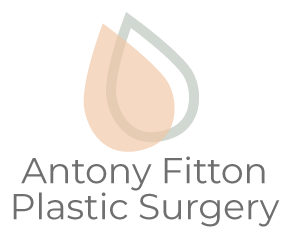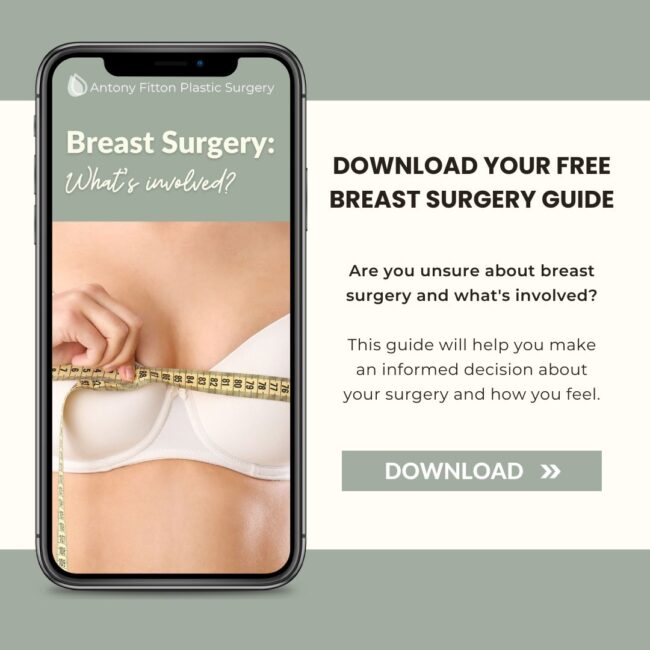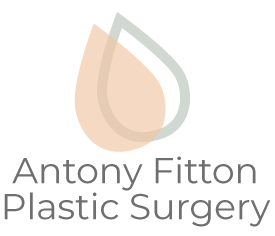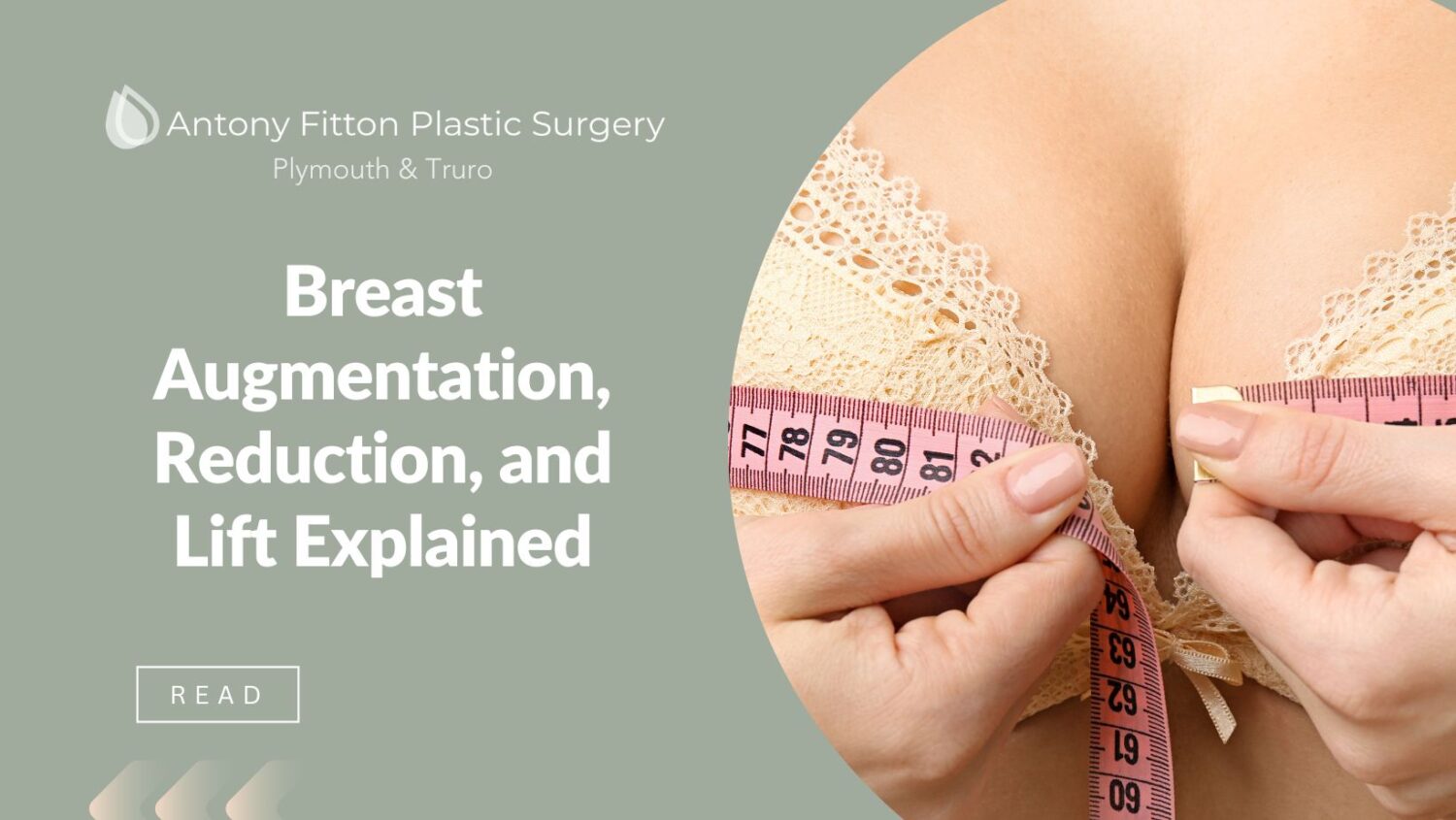


What’s the Difference Between Breast Augmentation, Reduction, and Lift?
Plastic surgery procedures involving the breasts are hugely popular. Among the most common are breast augmentation, breast reduction, and breast lift.
Each of these procedures serves a distinct purpose and offers unique benefits tailored to different needs. Breast augmentation enhances volume, breast reduction removes excess tissue and breast uplifts address sagging concerns.
Understanding the differences between these procedures can help individuals make informed decisions about which option best suits their goals and expectations.
Breast Augmentation
Definition and Purpose
Breast augmentation is a plastic surgery procedure aimed at enhancing the size and shape of a woman’s breasts.
Often referred to as a “boob job,” this procedure is particularly popular among individuals looking to increase their breast volume or achieve a more symmetrical appearance. The primary aim of breast augmentation is to improve self-confidence and body image for the patient. It is crucial to note that this procedure is suitable for those who are looking to change the aesthetic of their breasts and not necessarily for those aiming to correct sagging—a condition that is better addressed with a breast lift.
Procedure and Techniques
In a typical breast augmentation procedure, surgeons use implants to enhance breast volume. These implants can be filled with either saline (sterile salt water) or silicone gel.
– Saline Implants: These are inserted empty and then filled with salt water once they are in place, allowing for minor size adjustments.
– Silicone Implants: Pre-filled with a thick, gel-like substance, these implants are known for mimicking the feel and movement of natural breast tissue more closely than saline options.
The surgery involves the insertion of the implants through incisions, which can be made under the breast, around the nipple, or in the armpit, depending on factors like the patient’s body type and the desired outcome. Another technique called fat transfer breast augmentation uses liposuction to take fat from other parts of the body, which is then injected into the breasts.
Benefits and Considerations
There are several benefits associated with breast augmentation:
– Improved breast symmetry.
– Enhanced fullness and projection of the breasts.
– Improved self-image and confidence.
However, it is crucial to weigh these benefits against possible considerations. Patients should keep in mind the cost, potential risks such as implant leakage or rupture, and issues related to scar tissue. Additionally, you must consider the fact that breast implants are not designed to last a lifetime. Future surgeries may be required to address issues such as implant removal or replacement. Consulting with a board-certified plastic surgeon can provide clarity and understanding of the individual risks and considerations.

Breast Reduction
Definition and Purpose
Breast reduction, medically known as reduction mammaplasty, is a procedure aimed at removing excess breast tissue and skin to achieve a breast size that is proportionate to the body.
This surgery is particularly popular among individuals experiencing physical discomfort due to overly large breasts, such as neck, shoulder, and back pain. In addition to alleviating physical discomfort, breast reduction can also improve body alignment and enhance a patient’s ability to participate in physical activities without pain or restriction.
Procedure and Techniques
The procedure for breast reduction involves removing excess fat, glandular tissue, and skin. This is achieved through incisions on the breasts, which vary in shape and placement depending on the amount of tissue to be removed and the desired size reduction. Common incision techniques include:
– Anchor Incision: This traditional method involves an incision around the areola, vertically down to the breast crease, and horizontally along the breast fold.
– Vertical or ‘Lollipop’ Incision: Involves a circular incision around the areola and a vertical one down to the breast crease, leaving a smaller scar than the anchor technique.
Once the excess tissue is removed, the breast is reshaped, and the nipple and areola are repositioned, if necessary, to ensure a natural appearance. In many cases, liposuction can also be used in conjunction with surgical techniques to help achieve the desired breast size.
Benefits and Considerations
Breast reduction offers numerous benefits, among them:
– Relief from chronic pain in the back, neck, and shoulders.
– Improved posture and body alignment.
– Enhanced ability to engage in physical activities comfortably.
– Increased self-esteem and body image satisfaction.
However, potential considerations include the surgery’s requisite recovery time, possible complications such as scarring or changes in nipple sensation, and issues related to breastfeeding after the procedure. As with any surgery, it is crucial to have a detailed consultation with a healthcare provider to discuss medical history, expectations, and the potential risks associated with breast reduction.
Both breast augmentation and breast reduction represent significant commitments that involve careful decision-making. By understanding the procedures, techniques, benefits, and possible considerations, individuals can make informed choices in line with their personal goals and expectations.


Breast Lift
Definition and Purpose
A breast uplift, medically known as a mastopexy, is a cosmetic surgical procedure designed to raise and firm the breasts.
It involves removing excess skin and tightening the surrounding tissue to reshape and support the new breast contour. Unlike breast augmentation, a lift doesn’t typically change the size of the breasts but rather addresses sagging and unevenness.
The primary aim of a breast lift is to achieve a more youthful breast profile, particularly for individuals who have experienced significant changes due to factors such as pregnancy, breastfeeding, weight fluctuations, or ageing.
Procedure and Techniques
The breast lift procedure can vary based on the degree of correction required and the patient’s desired outcome. Common techniques include the crescent, periareolar, vertical, and anchor lift methods.
– Crescent Lift: This technique is often used for minimal sagging and involves a small incision running halfway around the top half of the areola.
– Periareolar Lift (or Donut Lift): Involves a circular incision around the edge of the areola, suitable for those needing a moderate lift.
– Vertical Lift (or Lollipop Lift): This approach includes an incision around the areola and vertically down to the breast crease, appropriate for moderate sagging.
– Anchor Lift: Used for significantly sagging breasts, this method involves three incisions—around the areola, vertically down, and horizontally along the breast crease.
Mr Fitton chooses the technique based on the individual’s breast size, shape, degree of sagging, and overall goals.
Benefits and Considerations
A breast lift offers several benefits, including improved breast shape and symmetry, a more youthful appearance, and enhanced self-confidence. It can also help reposition downward-pointing nipples and reduce the size of enlarged areolas.
However, potential candidates must consider certain factors before undergoing the procedure. A breast lift does not significantly alter breast size or fullness, and the effects of gravity and ageing will continue to affect breast tissue over time. Additionally, some patients may experience scarring, although these usually fade significantly over time.
It is essential to have a thorough consultation with a qualified plastic surgeon to discuss expectations, and possible risks, and ensure that a breast lift is the appropriate option for the desired outcome in terms of aesthetics and lifestyle.


Next steps
Understanding the differences between breast augmentation, reduction, and lift can empower individuals to make informed decisions about their bodies. Whether the goal is to enhance, reduce, or reshape the breasts, each procedure offers unique benefits tailored to specific needs:
– Breast augmentation focuses on increasing size and enhancing shape through implants.
– Breast reduction aims to alleviate discomfort and achieve proportionate breast size.
– Breast lift primarily addresses sagging by elevating the breast position for a more youthful contour.
Each option provides an avenue to address physical concerns and boost self-confidence. Consulting with a certified plastic surgeon is crucial to determine the most suitable procedure based on individual goals and expectations.
Plastic surgery can be a life-changing decision, offering both cosmetic and functional benefits.
However, it is crucial to have accurate information and realistic expectations. Consulting with a certified and experienced plastic surgeon is the best course of action to ensure you receive personalised advice and clear answers to any queries.
– Educate Yourself: Research procedures thoroughly.
– Prepare for Recovery: Understand the time and effort needed for healing.
– Prioritise Your Safety: Choose reputable clinics and experienced professionals.
Ultimately, informed decision-making plays a vital role in achieving satisfactory results in any cosmetic procedure.
For a no-obligation quote
For a no-obligation quote, tailored specifically to you, please book in for your consultation with Mr Fitton. Your requirements will be discussed in full confidence in a friendly and relaxed atmosphere.
Following your consultation, the price you are quoted includes everything and there are no extra or hidden costs. Advice, treatment and aftercare are all part of our package to ensure your experience is positive from beginning to end.


About your Plastic Surgeon: Mr Antony Fitton
MB, BS(hons)., MD., FRCS(eng)., FRCS(plast).
Mr Antony Fitton qualified at the Royal London Hospital in 1989 with distinction in Surgery. He holds an MB, BS(Hons)., MD., FRCS(eng). and FRCS(plast). (Fellowship at the Royal College of Surgeons).
He is a member of BAPRAS (British Association for Plastic, Reconstructive and Aesthetic Surgeons), BAAPS (British Association for Aesthetic Plastic Surgeons), and BSSH (British Society for Surgery of the Hand).
Mr Fitton has received the Paton & Masser Award and the CM Matthews Award from the Royal College of Surgeons of England for his research in nerve injury.
Mr Fitton is licensed as a Plastic and Reconstructive Surgeon by the GMC.


- 0% Finance Available
- Consultations and treatments are available at either the Nuffield Health Hospital, Plymouth or the Duchy Hospital, Truro
- Care Quality Commission Regulated
- GMC Specialist Registered Surgeon
- BAPRAS, BAAPS and BSSH member
- Registered MD
Life-changing result
"I just wanted to thank you (and your team) for the life-changing result of my top surgery. This will provide me with the freedom that I’m excited to enjoy, including being able to go swimming and actually staying cool in summer! All jokes aside, you have helped to mark a new chapter in my life, for which I am incredibly grateful… ALL the best."
Our appearance has an impact on how others perceive us. We are experts in creating an improved version of you. You can click on the procedure below for more information.
Body surgery (or contouring) can involve all or one of the following, with a prime focus on areas such as the buttocks, tummy, thighs, arms, and breasts. Click on the links below for more information.
There are several different types of hand surgery but all aim to restore functionality while making the hand look as normal as possible. Click on the links below for more information.



What’s the Difference Between Breast Augmentation, Reduction, and Lift?
Explore the differences between breast augmentation, reduction, and lift options. This guide gives i
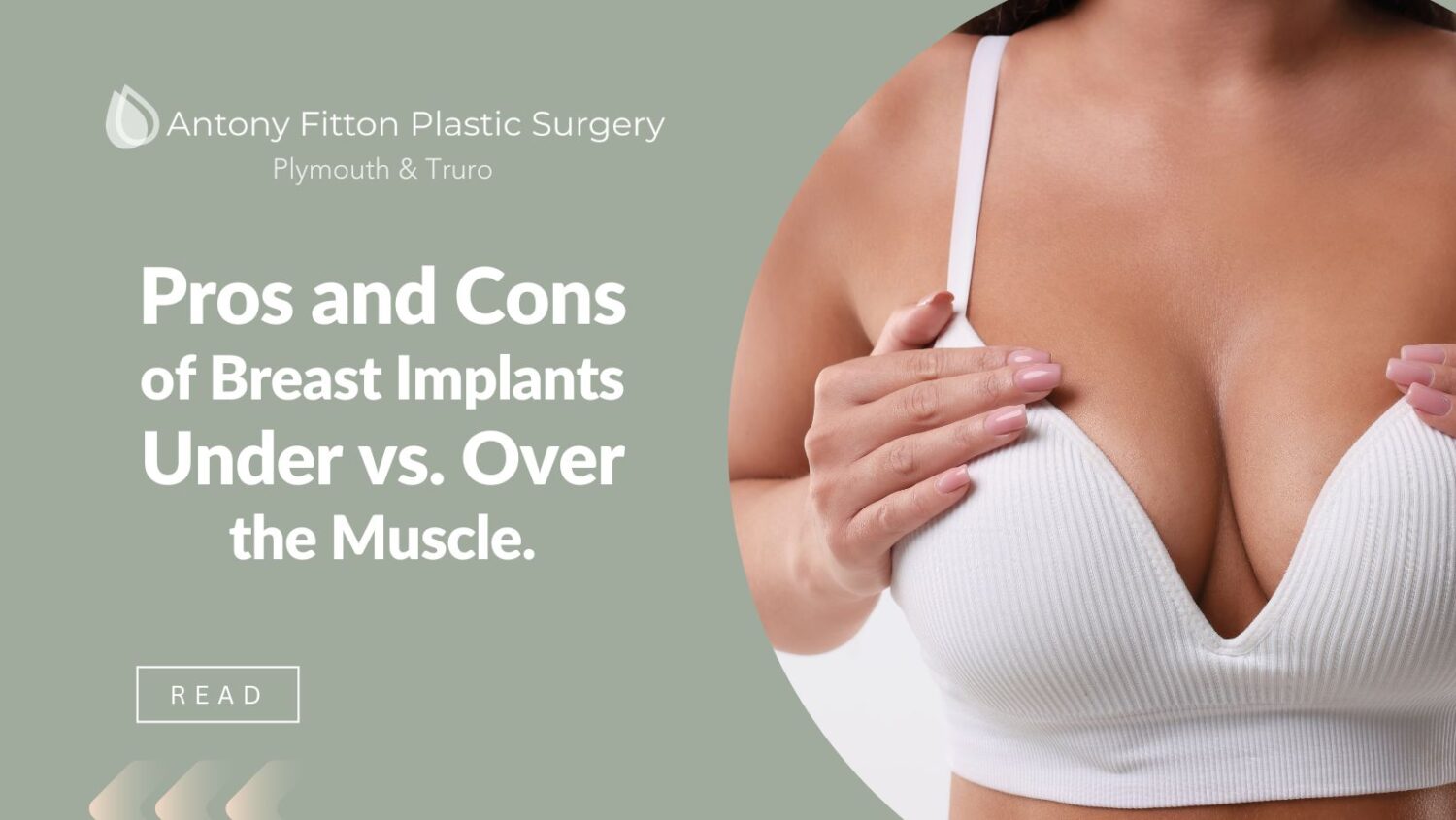

Which is Best? Breast Implants Under The Breast Muscle or Over The Breast Muscle
Discover the pros and cons of breast implants under vs. over the muscle to choose the best option fo
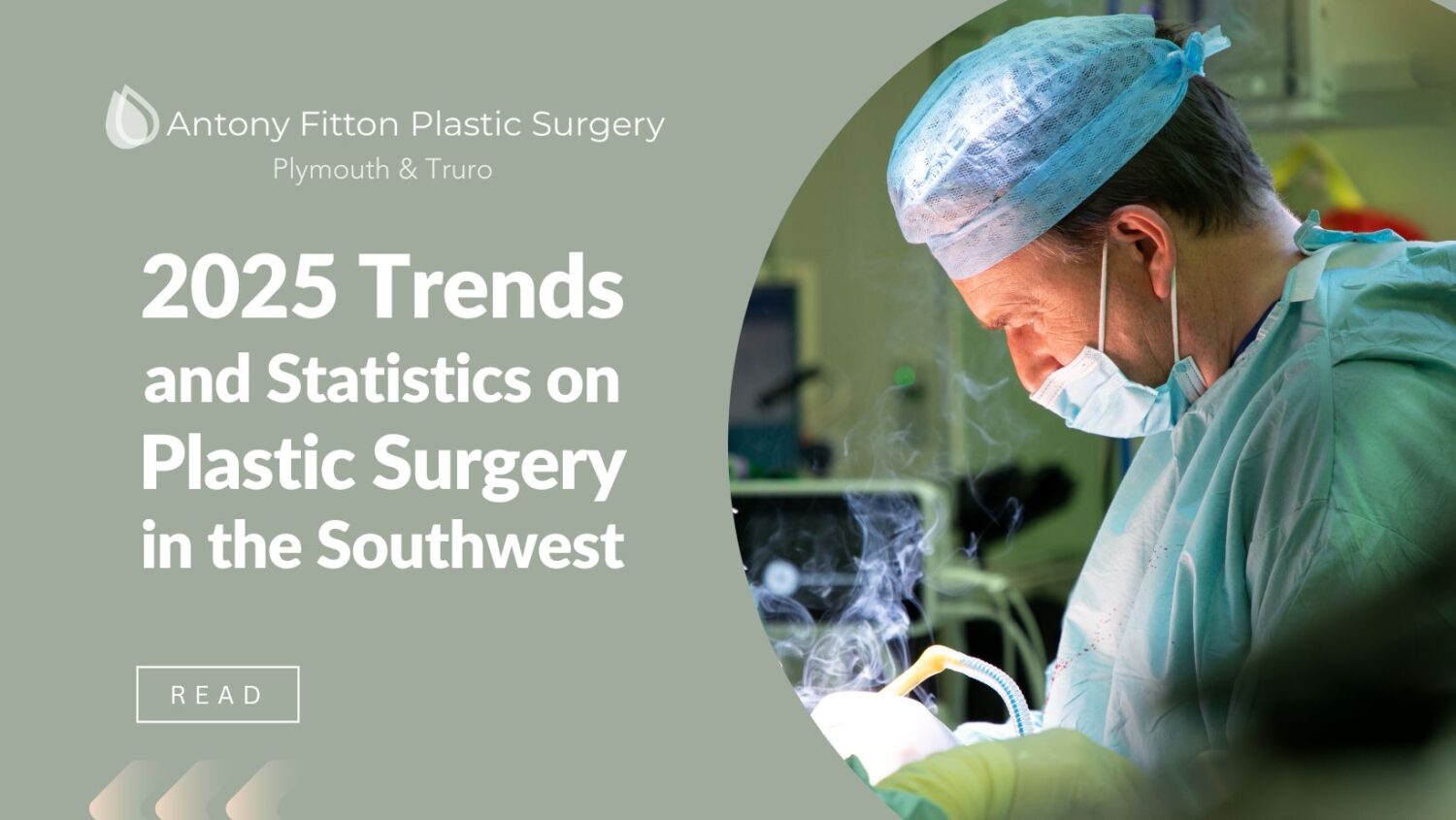

2025 Trends and Statistics on Plastic Surgery in the Southwest
Explore 2025's Southwest plastic surgery trends, techniques, and patient preferences with evolving i



